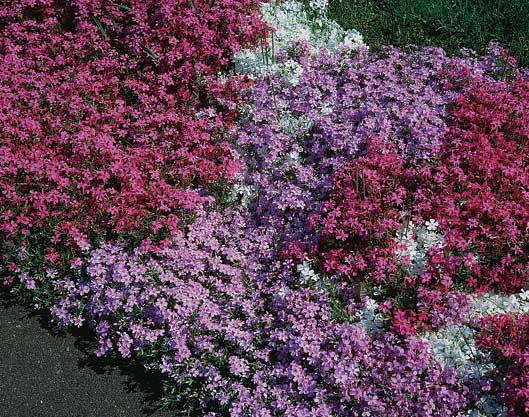I have several rhododendrons in dappled shade that bloom pretty well and are relatively healthy. Each year, however, leaves near the base of the plant turn yellow and drop off. Is this typical or is it a problem I should correct?
What you may be experiencing is normal leaf drop that occurs on all broadleaf evergreens in late fall or early spring. Even though these plants keep their leaves all winter they still go through a natural process each fall where older leaves are shed. Some of these leaves may remain until spring when they finally drop off. If you are experiencing leaf drop at other times, such as mid-summer, this may suggest a cultural problem. Insufficient moisture in dry summers may cause some leaves to drop.


